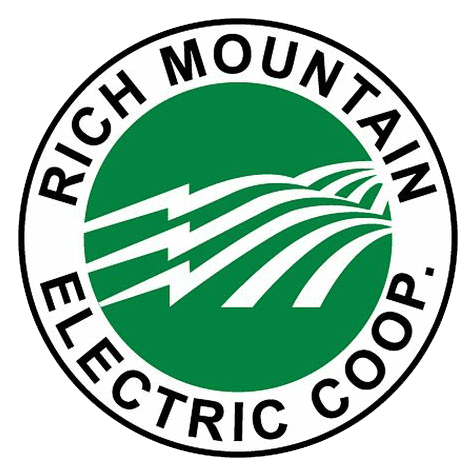The Fast-Growing Demand for Electricity
Less than a century ago, when rural electric cooperatives first strung power lines from house to house and farm to farm, most members had but a handful of light bulbs to power. With time, they added water pumps, appliances and other electronics, but they couldn’t begin to imagine the number and variety of electrical devices in today’s homes, farms and garages.
Across the U.S., people use a growing amount of electricity at work, at home and, with the growth of electric vehicles (EVs), even on the road.
The demand for electricity increased by 2.5% in 2024 and is expected to grow by 3.2% this year. That was after electric cooperatives saw a 4.8% increase in 2022. Through 2029, the nation’s peak demand is projected to grow by 38 gigawatts. That would be like adding another California-sized state to our nation’s power grid.
The rapid growth of artificial intelligence (AI) is driving the development of massive data center facilities, often placed in electric cooperative service territories to take advantage of inexpensive land and fewer neighbors to complain. By 2022, these facilities accounted for 2.5% of the nation’s consumption of electricity — and by 2030, they’ll use 7.5% of all electric power.
Data centers and facilities like warehouses require a large, steady supply of electricity 24 hours a day. That means the electric cooperatives supplying them can’t rely on intermittent sources of electricity such as solar or wind energy to handle the additional load. Instead, they need more of what’s known as readily dispatchable or always-available power. The more we depend on technology, the more we’ll need reliable baseload generation.
Yet that’s a problem, because at the same time Americans are using more electricity, power providers are being forced to shut down reliable sources of baseload power such as coal and nuclear power plants. Many large coal plants have been converted to use natural gas, but others have been deemed too costly to convert and are prematurely being shut down. More than 110 gigawatts of always-available generation — enough to power about 35 million homes — are forecast to retire by 2033.
As part of the Electric Cooperatives of Arkansas, we are committed to fulfilling our mission to provide our members with reliable, affordable power in a responsible manner. We are investing in new generation projects that will provide 24/7/365 readily dispatchable energy resources for the 1.2 million members served by Arkansas’ 17 electric distribution cooperatives.
_f1200x1200.jpg)
